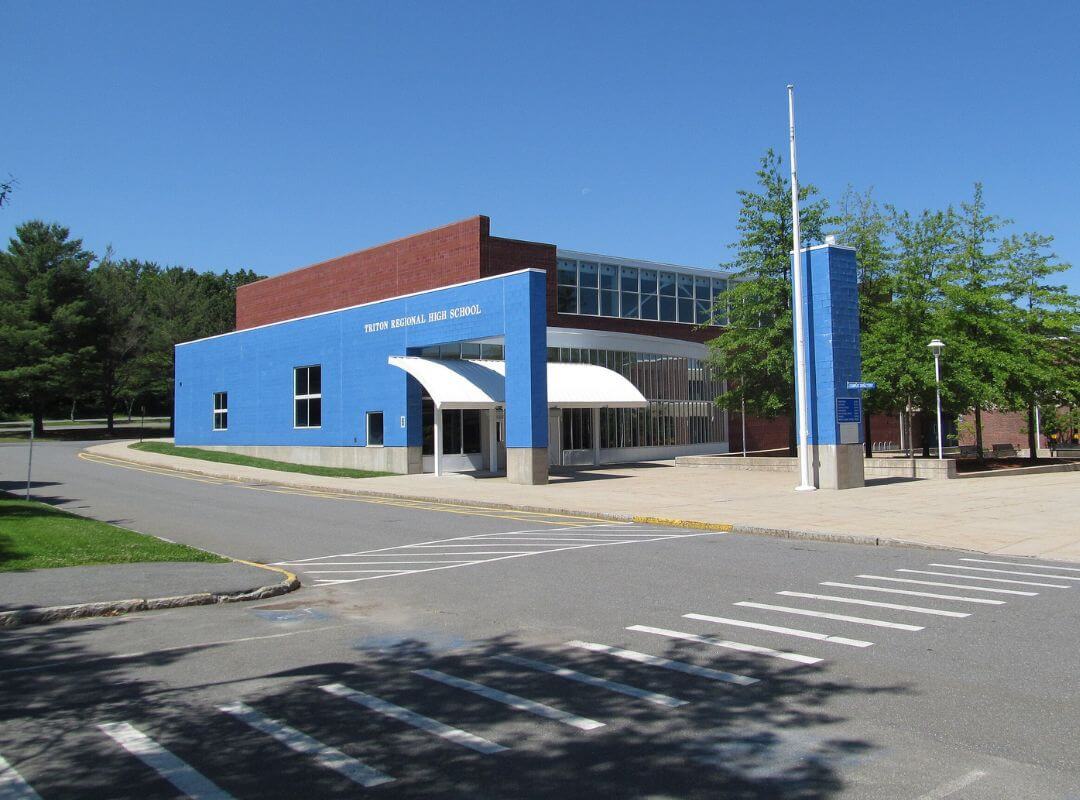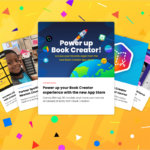
In this section, we dive into the next steps of harnessing educational technology to its fullest potential, focusing on practical strategies for meaningful integration. We explore how educators can thoughtfully implement tools to align with classroom goals, foster student engagement, and develop future-ready skills while balancing innovation with the realities of day-to-day teaching.
It often feels like attempting to keep up with the fast-moving landscape of educational technology and, at a broader scale, technology in culture and society is nearly impossible.
Educational leaders and educators know and are aware of the shifts taking place in society that are dramatically impacting the skills and abilities that are valuable and relevant in the modern world.
The challenge here for educators is to meaningfully implement new educational technology in a way that aligns not only with the vision and goals for their classroom but in ways that prepare students and provide meaningful opportunities while being aligned to relevant and meaningful skills.
In today's rapidly evolving world, educational technology has the potential to transform traditional learning experiences into dynamic, engaging, and impactful ones.
By leveraging the right tools and approaches, districts and schools can empower educators to redesign their teaching methods, foster creativity, and cultivate a culture of innovation.
What does innovation look like in a classroom where technology is being used in meaningful, intentional, and impactful ways?
In this post, we will explore the process that educational institutions can follow to identify and implement new educational technology that delivers impact, fosters creativity, and paves the way for a future-ready education system.
Defining Impact: Unleashing the Power of Educational Technology
When we speak of impact in the context of educational technology, we envision a transformational shift that goes beyond mere digitization of curriculum tools.
Truly impactful classroom technology empowers educators to create new learning experiences that provide students with unique opportunities for growth and development.
It acts as an empty vessel, allowing students to create and share their thinking in new, relevant, and innovative ways.
Moreover, impactful educational technology transcends grade levels and content areas, fostering a collaborative and interdisciplinary approach to learning.
These broad strokes create the landscape, the thirty-thousand-foot view of the type of impact that educational technology can have on a classroom.
But, we need to balance that with the ground level, the daily impact on the classroom, educator, and student.
In a daily context, impactful use can look like an incremental change, one that slightly shifts the classroom experience for the student.
This can look like capturing video evidence of a lab experiment that can be used in a video lab report.
Or, recording audio segments that will be used as an interview for a podcast episode.
While educational technology presents the opportunity for sweeping change and redesign, it is often the small incremental shifts that truly empower educators to make long-term changes to their practice.
Technology Beyond Curriculum Tools: Redesigning Learning Experiences
While traditional curriculum tools focus on delivering content to students for consumption, the true potential of educational technology lies in its ability to go beyond consumption and enable creation.
With the rapid emergence of 1:1 classrooms and an influx of new technologies that allowed for increased student access to media creation, there was a significant pendulum swing where the focus on student creation was emphasized.
However, we must consider the importance of fostering the development of solid background knowledge that will then allow students to have the context to create content with meaning.
Striking a balance between consumption and creation is essential, and while there is no ideal scenario, educators are experts in their content and teaching, abilities that should not be overlooked simply because of a device or platform.
However, the key lies in the design of tasks and questions that engage students in meaningful, relevant, and complex work.
Educational technology can be the catalyst that supports and enhances students' ability to think critically, solve problems, and express their understanding through various modalities like text, images, audio, and video.
Consider this analogy when engaging in meaningful redesign with educational technology: The content and curriculum students are exploring in a classroom is the pathway students follow, the technology is the vehicle, and the destination is where students can reflect and tell the story of their journey that is relevant and meaningful to their experience.
Authentic Work: Fostering Creativity and Connection
Authentic work arises when students grapple with meaningful problems that foster deep connections to the content and allow for creative expression.
Educational technology can play a pivotal role in creating authentic work experiences by providing students with tools to explore, create, and communicate their perspectives effectively.
But the most significant impact is a result of a careful redesign of the question or problem that students are engaged with.
Whether educators are using the language of driving questions from a PBL framework, inquiry-based instruction, or “how might we” questions from a Design Thinking perspective, the key to authentic work is to create an environment where the work has meaning to the student beyond the context of it simply being a task to be completed.
Traditionally, additional variables can be added to the design of an experience that include creating an authentic audience for student work, embedding collaboration into the experience, and the creation of content via modern media.
While these variables are helpful guidelines to consider, the most critical task educators face is crafting meaningful questions that foster creativity, curiosity, sustained inquiry, and relevant work.
This might look like immersing students in real-world scenarios and encouraging them to use educational technology to tackle complex challenges.
Ultimately, the goal is for educators to empower students to become active participants in their learning journey.
Modern Literacy & EdTech: Navigating the Multimodal Landscape
When literacy is explored in the context of a traditional learning experience, it often revolves around the ability for students to decode, understand, and create text.
While this aspect of literacy is still exceptionally relevant, the ways in which individuals communicate outside of the institution of education are much broader.
Modern literacy attempts to encompass the multiple avenues by which information can be consumed and expressed in a modern world.
Modern literacy encompasses the ability to consume, understand, and communicate effectively across the dominant forms of media in today's world.
Educational technology serves as a powerful ally in developing modern literacy skills by providing students with opportunities to engage with various communication modalities.
From traditional writing to podcasting, video production, image manipulation, and even leveraging AI, educational technology broadens the horizons of communication and expression.
The search for impactful educational technology should focus on tools that enable student creation across multiple domains of communication.
One incremental shift that educators can take towards developing a classroom that meaningfully addresses and adopts a framework of modern literacy is to consider the output that students are creating to demonstrate their thinking.
Traditionally, classrooms and educators use text as the modality for students to share their thinking and understanding.
While text is and will undoubtedly be a valuable modality moving forward, educational technology provides opportunities for students to express their thinking in additionally relevant pathways that typically leverage images, audio, and video.
Maintain or Redesign: Empowering Educators as Innovators
The success of educational technology implementation hinges on empowering educators to creatively innovate their practice.
It's not about completely redesigning every learning experience but rather seeking meaningful, incremental changes that set the stage for lesson, project, or unit redesign.
To maximize impact, educators should reconsider the questions or problems students are grappling with and craft tasks that are personally meaningful, relevant, and conducive to sharing their voices via technology.
A thoughtful integration of technology allows for more engaging, student-centered, and future-focused learning experiences.
Stay tuned for the next post
Next month, we'll dive deeper into fostering collaboration and empowerment through professional learning communities (PLCs). We'll explore strategies for building effective PLCs, leveraging technology to support continuous growth, and creating a culture of shared learning and innovation among educators. Don’t miss out on actionable insights to transform your school’s professional learning culture!

Get Book Creator for your school!
- Upgraded accounts for all your teachers
- Implementation plan to help with rollout
- PD support
- Analytics & admin dashboard
With two decades of experience in education, Greg Kulowiec brings a dynamic blend of expertise as a former high school history teacher, Director of Technology, and professional learning provider. Greg has presented at major conferences, including Google’s Global Education Summit, ISTE, and NCSS. Currently, he serves as the Director of Technology at Triton Regional School District and Lead Learner at the Kulowiec Group. He resides in Newburyport, MA, with his wife and two children.










